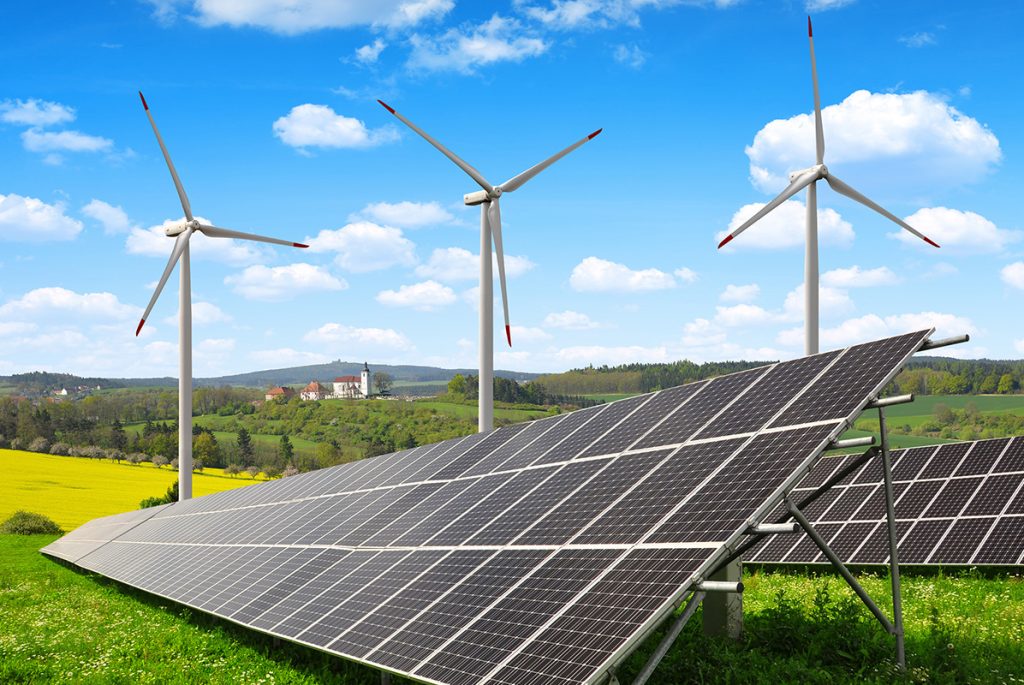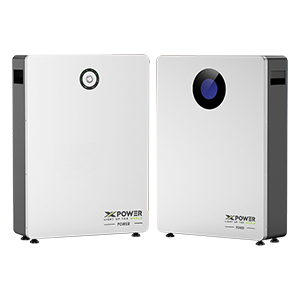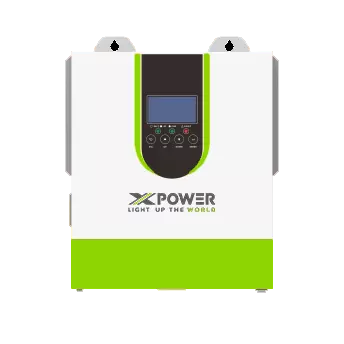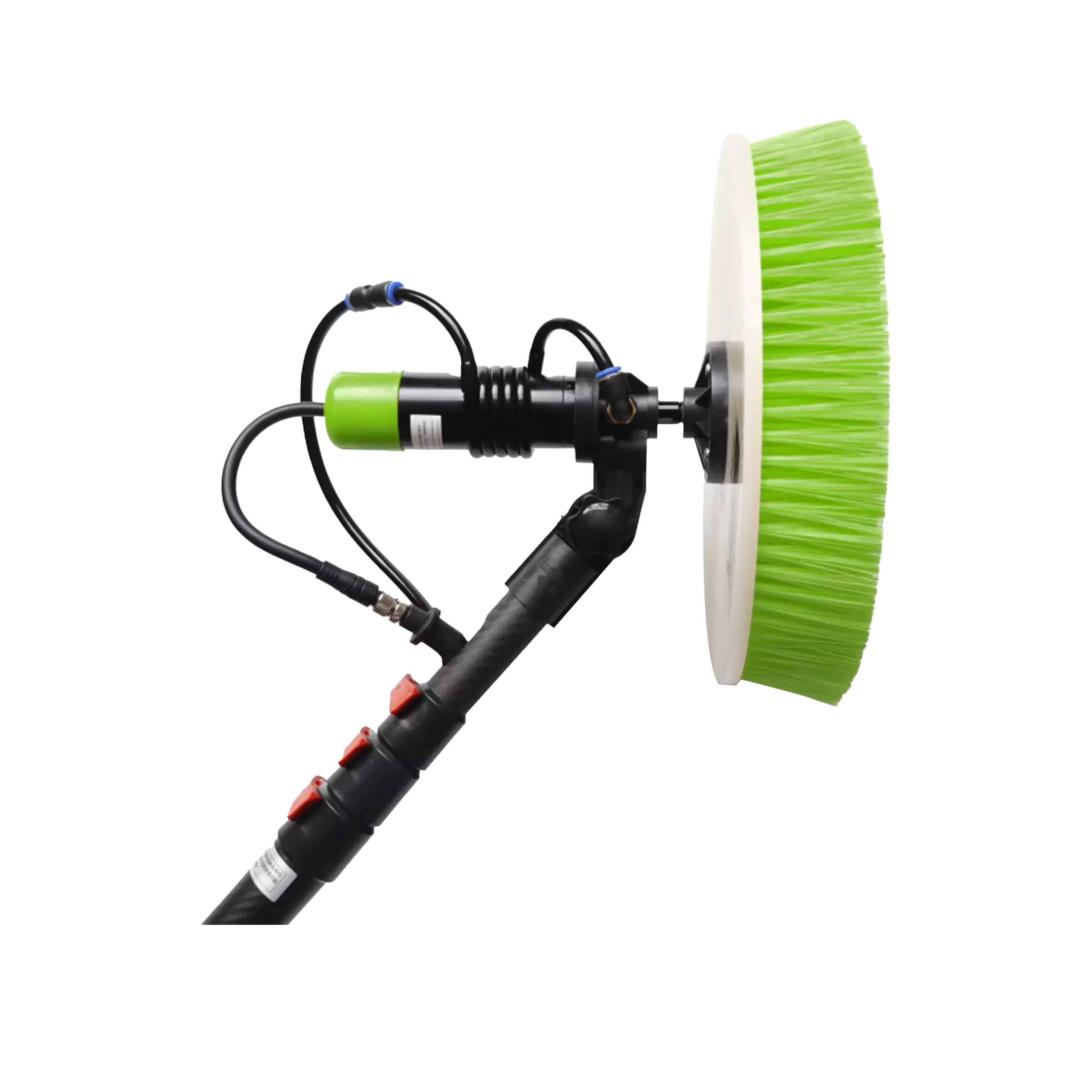The Impact of Environmental Factors on Photovoltaic System Performance
Time of Release : 2024-03-16
In the realm of renewable energy, photovoltaic (PV) systems stand as a beacon of sustainability, offering a clean and efficient means of harnessing solar power. However, the performance of PV systems is intricately linked to various environmental factors that can either bolster or impede their efficiency. Understanding the influence of elements such as sunlight intensity, temperature fluctuations, shading effects, and soiling is paramount in optimizing PV system performance for maximum energy yield and longevity. This comprehensive article delves deep into the multifaceted relationship between environmental factors and PV system efficiency, shedding light on the strategies to enhance energy production and ensure the long-term viability of solar energy solutions.

Sunlight Intensity: The Driving Force Behind PV System Performance
Sunlight intensity serves as the lifeblood of PV systems, directly impacting their energy output. The amount of sunlight received by solar panels is a critical determinant of electricity generation, with higher irradiance levels translating to increased power production. Factors such as geographic location, time of day, and seasonal variations influence sunlight intensity, shaping the overall performance of PV systems. To optimize energy capture, solar panels are strategically positioned to receive maximum sunlight exposure, leveraging tracking systems that adjust panel angles to follow the sun’s path throughout the day. By harnessing the full potential of sunlight, PV systems can achieve peak efficiency and generate higher yields of clean, renewable energy.
Temperature Fluctuations: Navigating the Thermal Challenges of PV Systems
While sunlight is essential for energy production, temperature fluctuations pose a significant challenge to the performance of PV systems. Solar panels are sensitive to changes in temperature, with elevated temperatures leading to a decrease in efficiency. This phenomenon, known as the temperature coefficient, results in reduced voltage output as solar cells heat up. To counteract the negative impact of high temperatures, effective cooling mechanisms and proper ventilation are crucial for maintaining optimal operating conditions within PV modules. By managing temperature fluctuations, solar energy stakeholders can mitigate efficiency losses and ensure consistent energy generation across diverse environmental conditions.
Shading Effects: Overcoming Obstacles to Energy Production
Shading presents a common obstacle that can hamper the performance of PV systems, diminishing energy output and disrupting the flow of electricity within solar arrays. Even partial shading of a single solar cell can have a cascading effect on the entire system, leading to efficiency losses and decreased power generation. To address shading challenges, careful site selection and system design are essential to minimize obstructions and maximize sunlight exposure. The incorporation of bypass diodes in PV arrays helps mitigate shading effects by rerouting current flow around shaded areas, optimizing energy production and safeguarding system efficiency. By proactively addressing shading concerns, solar energy stakeholders can unlock the full potential of their PV systems and enhance overall performance.

Soiling and Maintenance: Preserving Efficiency Through Clean Energy Practices
Soiling, caused by the accumulation of dust, dirt, pollen, and other debris on the surface of solar panels, poses a persistent threat to PV system performance. Dirty panels reduce the amount of sunlight reaching photovoltaic cells, leading to decreased energy production and efficiency losses. Regular cleaning and maintenance practices are essential to ensure the optimal operation of solar panels and maximize energy yield over the system’s lifespan. By implementing proactive cleaning schedules and adopting automated cleaning technologies, solar energy stakeholders can mitigate the impact of soiling and preserve the efficiency of their PV systems, enabling consistent energy generation and long-term sustainability.
Environmental Factors and PV System Efficiency: A Holistic Approach to Optimization
In conclusion, the performance of PV systems is intricately intertwined with environmental factors that influence energy production and system efficiency. By understanding the interplay between sunlight intensity, temperature fluctuations, shading effects, and soiling, solar energy stakeholders can implement strategies to optimize the performance of their PV systems and maximize energy yield. Through meticulous system design, proactive maintenance practices, and technological innovations such as tracking systems and bypass diodes, the potential of solar energy as a sustainable power source can be fully realized. By embracing a holistic approach to environmental factors and PV system efficiency, we can pave the way for a greener, more energy-efficient future powered by the boundless potential of solar energy.
Our exploration of the impact of environmental factors on photovoltaic system performance has shed light on the importance of quality solar products in maximizing energy production. As a leading manufacturer of solar energy solutions, including our top-selling solar panels, we are dedicated to providing high-quality products and comprehensive export services to meet the sustainable energy needs of our global clientele.
For further insights into our diverse range of solar products and to understand how our solar panels and solutions can optimize energy generation for your specific requirements, we invite you to visit our website. Explore our commitment to innovation, reliability, and sustainability, and discover firsthand the excellence that distinguishes us as a trusted leader in the solar energy industry. Click now for more information and unlock the potential of our solar energy solutions.





